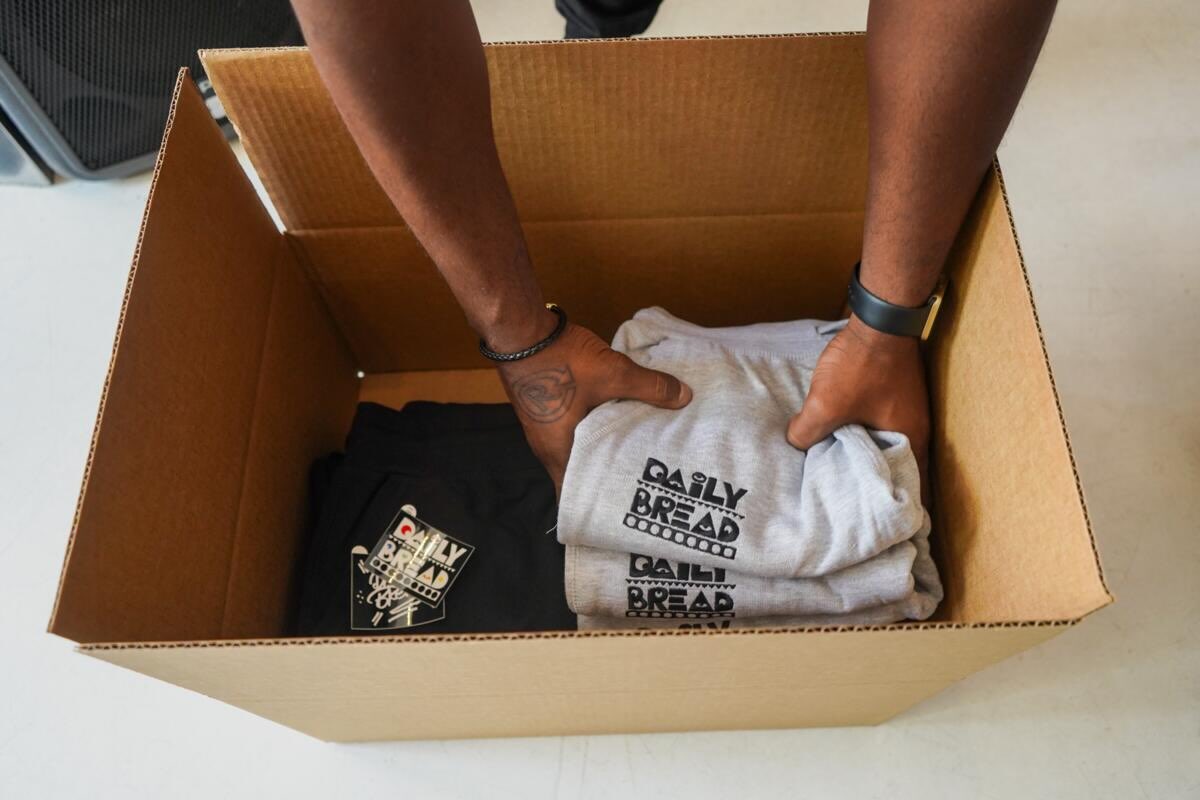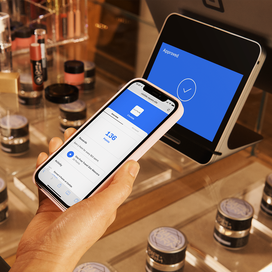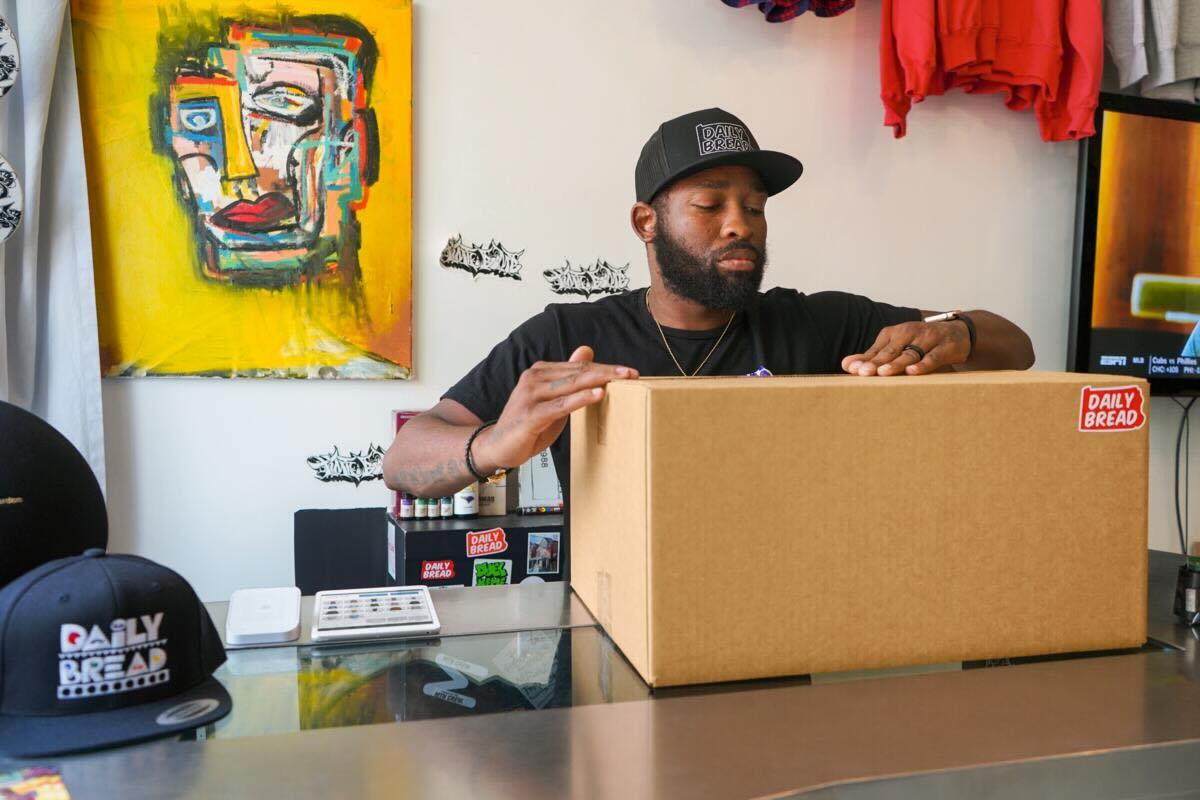Table of contents
It’s no secret that modern customers expect fast and affordable shipping options. To simply close the sale these days retailers need to offer a truly convenient omnichannel experience with a slew of fulfillment options, like home delivery, ship to home, and buy online, pickup in-store (BOPIS).
Offering a seamless shopping experience with delivery options that meets the demands of both in-store and online customers, while protecting profit margins, is the key to long-term success for retailers of all sizes.
Here’s how to get your products into the hands of happy customers — while maintaining or working towards profitability.
Reduce shipping costs while meeting consumer demands.
Think back to 2005 (if you even can). The world was catching up to what a ‘Hollaback Girl’ was, and Harry Potter was ruling the box office. And little did people know at the time, but Amazon began revolutionizing the retail world when it introduced free two-day shipping.
It seemed impossible then. Now, two-day shipping is the expectation for most consumers. Many of whom have since become accustomed to same-or next-day shipping options. But here’s the kicker: while more than half of U.S. consumers are interested in same-day shipping, the majority are not willing to pay for it, according to research from McKinsey.
Therein lies the paradox. Retailers are forced to take on exorbitant costs to provide speedy shipping and they can’t pass too many of those fees on to the consumer. However, not offering free shipping doesn’t sit well with customers either. One consumer survey by Shippo found that 62% of shoppers won’t buy from a retailer that doesn’t offer some form of free shipping. The same survey also found that, given the choice, three-fourths of consumers would choose free shipping over fast shipping.
The good news is that retailers still have options when it comes to offering free shipping. Even Amazon, the creator of the free shipping movement, backtracked on some aspects, such as free returns. The eCommerce giant, along with large and small brands alike, have recently added shipping fees for returned items, with 81% of retailers now charging a fee for at least some methods of returns, according to Happy Returns.
Setting parameters around free and discounted shipping.
By setting strategic parameters around when and how you offer free shipping, retailers can better control costs and minimize lost revenue. For example, many retailers see success by setting a minimum order amount before offering free shipping. This not only keeps retailers from losing money on small purchases or low-margin items, but it also encourages shoppers to spend more per transaction. According to a study done by Invesp, 58% of consumers add more items to their cart to qualify for free shipping. Using Square for Retail it’s easy to bundle lower value items together, or items which are frequently purchased together, in order to increase your average order value.
Retailers also have the option to absorb some or all shipping costs in their product pricing. This strategy may not be right for every brand. But often, the appearance of getting a deal or free shipping despite the cost of the product can win over a customer. Retailers that sell luxury or expensive products are likely to have the best luck, while on lower price-point items, you are better off only slightly raising the price and charging a discounted shipping rate.
Other alternatives include offering free shipping only on select items, offering a discount code for free shipping to members of a loyalty program, or only offering free economy shipping.
I think it’s so important to reward loyal customers. I want Cakeworthy customers who shop with us regularly to know that they are getting the best bang for their buck. And they love it — our loyalty customer percentage is higher than our non-loyalty percentage.”
Brandon Shedden → Owner, Cakeworthy, Canada.
It’s also important to be upfront about any shipping opportunities and fees. Unexpected shipping charges are a red flag for consumers, and according to a 2022 study by the Baymard Institute, 48% of abandoned orders are related to extra costs.
Save on shipping costs by leveraging your storefronts.
Retailers with a brick-and-mortar presence have an advantage when it comes to reducing shipping costs. Rather than investing in warehouses across the country, retailers can use their existing store networks to offer a true omnichannel experience and cut shipping costs along the way.
By using stores as distribution centers, retailers can bring inventory closer to the customer, enabling faster delivery and lowering shipping costs by reducing transit time. It also allows for more BOPIS options, including:
- Curbside pickup or buy online, pickup in-store (BOPIS)
- Buy in-store, ship to home
- Locker pickup
Effectively running fulfillment out of your store will require some investment in a good inventory management system, however. Square for Retail, for example, helps omnichannel retailers keep track of and fulfill orders across all channels in real time. Accurate stock reporting helps retailers make data-backed decisions and more accurately forecast their demand. Inventory tools save retailers time by allowing employees to easily scan, search, and update stock across locations, so you never miss a sale.
The automated inventory sell-through report is a tool that we use to really look at the future of our business. We want to look at the sales velocity and we want to know what’s doing well. So that really helps us just discuss our numbers, and look at what we need to change, and just keep pushing forward to the future.”
Alexis Lilly → Manager, Nappily Naturals, United States
That last mile matters, a lot.
The last mile is the final step in the delivery process, when the package is transported from the fulfillment center to its final destination. It’s often the only part of the logistics process your customer has visibility into, making it a key element of the overall customer experience.
Depending on their business needs, retailers should consider working with a third-party logistics (3PL) provider to optimize the last mile, tapping into their technology and vast distribution network. Their shipping capacity also affords 3PL providers discounted shipping rates from the average carrier, further reducing costs.
If you choose to seek out a third party, make sure to choose a 3PL provider that has a large urban network, a strong set of last-mile partners, and uses the most up-to-date technology with features like real-time tracking and route optimization.
The same guidelines are true for retailers that choose to manage logistics in-house. This is often a better choice for brands that see a wide range of market fluctuation that requires a lot of control, have unique packaging needs, many different SKUs, fragile products, or customized orders. If you go this route, start by investing in your workforce and a solid warehouse management system.
Balancing profitability and the customer experience.
Customers like choice, but retailers should be careful to offer the right ones based on both their consumers’ preferences and the business’s financials. Though these shipping options can help set them apart from the competition, providing too many options or making the buying process across channels too confusing can even drive away customers. The right technology and tools can help retailers better understand consumer shipping preferences while also strategically finding the middle ground that works for their profit margins.
In the Square 2024 Future of Retail report, 100% of retail business owners surveyed said technology and automation have improved their businesses. A technology partner like Square for Retail with advanced reporting helps retailers manage orders and understand their business to make more informed decisions around fulfillment. Tools like vendor management, purchase orders, and bulk-receive stock allow you to send automatic purchase orders, automate inventory sell-through reports, and receive alerts when stock gets low.
There certainly is no shortage of options to consider when it comes to meeting the demands of today’s evolving customer. Whatever you decide, the focus should remain on your core customer. Meeting the expectations of your customers through strategic shipping options and a streamlined omnichannel experience will help you stand out from the competition.
![]()












